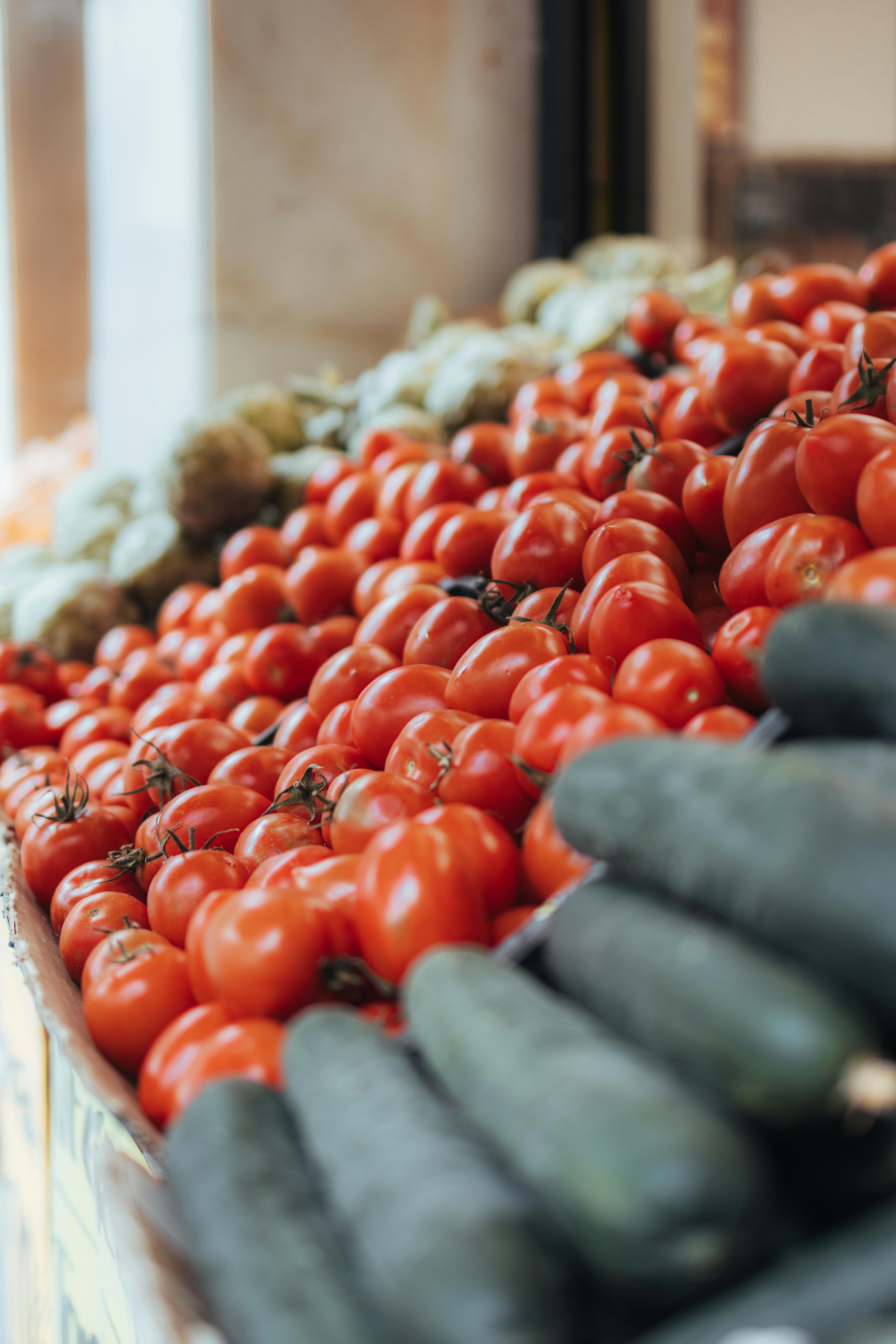Experiencing the Culinary Diversity of Spain: Beyond Tapas and Paella
The food culture of Spain is rich, diverse, and deeply rooted in its history. The country's gastronomy is more than just tapas and paella; it is a celebration of local ingredients, regional specialties, and culinary traditions passed down through generations.

Spain’s Culinary Landscape: A Tapestry of Flavors
Spain’s cuisine varies greatly from region to region. In the north, you’ll find hearty stews and world-class seafood. The south is known for its olive oil, sherry, and gazpacho. The central region is famous for its roasts and saffron-infused dishes. This diversity is a reflection of the country’s varied climate, geography, and history.
The Art of Spanish Cheese
Spain is a cheese lover’s paradise. There are more than 100 types of cheese produced across the country. The diverse range of Spanish cheeses includes Manchego, a sheep’s milk cheese from La Mancha, and Cabrales, a blue cheese aged in caves in Asturias. Each cheese reveals a story about the place it comes from and the people who make it.
The Spanish Love Affair with Seafood
Spain is surrounded by water on three sides, making seafood a staple in the country’s cuisine. From the Galician octopus to the Basque Country’s salt cod dishes, the Spanish have a knack for turning the bounty of the sea into mouthwatering dishes.
Spanish Wines: More than Just Rioja
Spain is the third largest wine producer in the world and home to several top-quality wine regions. While Rioja may be the most famous, regions like Ribera del Duero, Priorat, and Rias Baixas also produce exceptional wines. Each region offers a unique expression of Spanish terroir.
Spain’s Underrated Culinary Gem: The Piquillo Pepper
Piquillo peppers, a variety of chili pepper from the northern region of Navarra, are a culinary gem. They are handpicked, roasted, and peeled before being canned. Their sweet, slightly spicy flavor makes them a versatile ingredient in Spanish cooking.
Spain’s Culinary Treasures:
- Spain is the world’s largest producer of olive oil.
- The country is home to the world’s oldest restaurant, Botin, which has been serving customers in Madrid since 1725.
- Spain is famous for its ham, especially Jamón Ibérico, which is made from black Iberian pigs.
- Spain has more vineyards than any other country in the world, but it’s the third largest wine producer after Italy and France.
- Paella, one of Spain’s most famous dishes, originated in Valencia.
Spain’s food culture is a testament to the country’s rich history, diverse geography, and the creativity of its people. Whether you’re savoring a slice of Iberico ham, enjoying a glass of sherry, or tucking into a plate of seafood paella, each bite offers a taste of Spain’s culinary heritage. As we continue to explore the world’s cuisines, let’s remember to look beyond the familiar and delve deeper into the lesser-known aspects of a country’s food culture. The culinary journey is, after all, as much about learning as it is about tasting.




